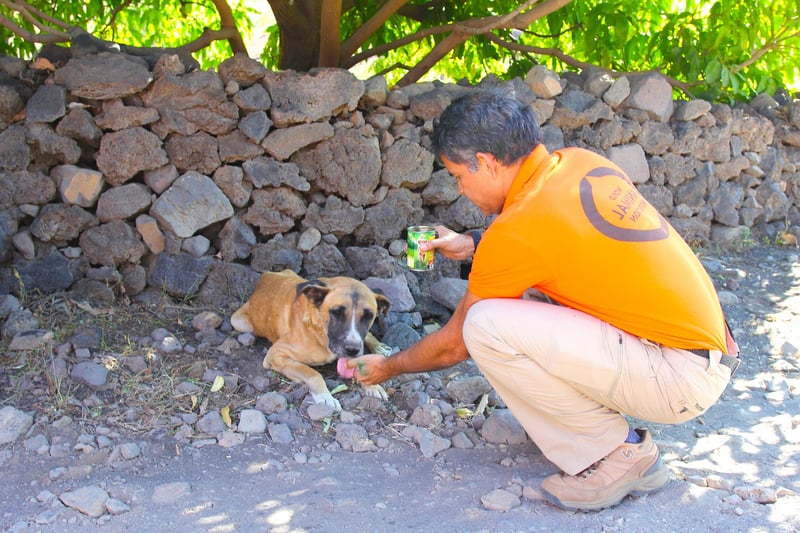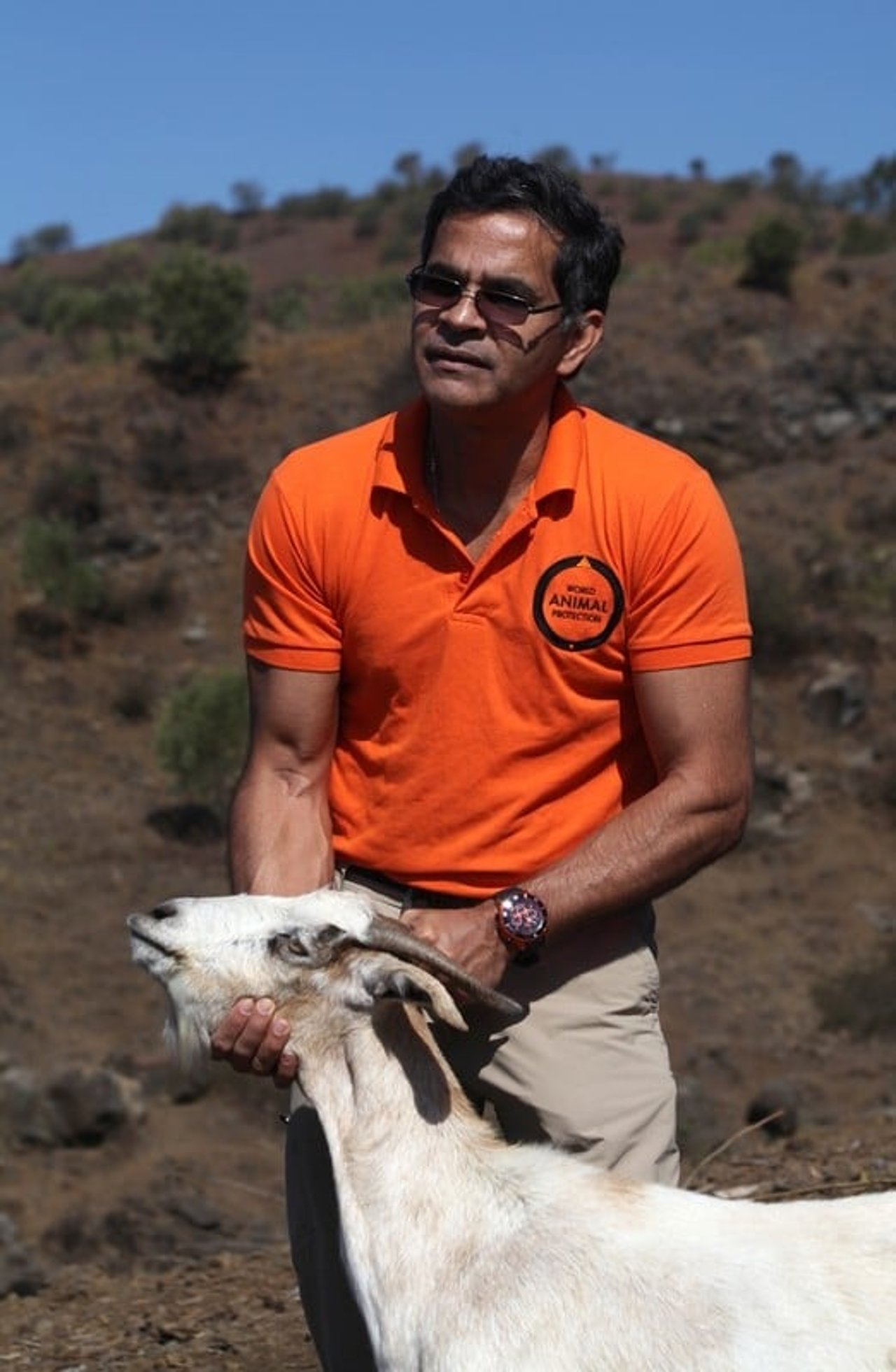
Climate change and disasters; an interview with our Director of Disaster Management
Blog
Gerardo Huertas discusses our work around the world and the impact climate change has on animals in disaster situations.
You’ve been doing this for 35 years. Have you seen a difference in disasters in the time you’ve been working on them?
Huge difference. 35 years ago we were an oddity; nowadays we are expected. I had a rather pleasant reprimand the other day from a senior UN Officer referring to a small incident in a Central American country that involved pets. She wanted our rescue teams to be there, and was annoyed she did not see us. I explained our Disaster Liaison Officer is a high ranking official and an expert in rescue in that country, and we maintained close communication during the event, so we were there in fact.
Now, most humanitarian partners expect animals to be rescued, provided relief, and helped, just like the owners of those animals do.
Gerardo gives a video update from India in February 2017
As a member of UNOCHA’s REDLAC*, our relief operation reports are now part of the UN’s assessments and situation reports.
Finally, and with over half a century of experience and over a dozen top notch professionals dedicated full time to this job, we have sought, developed, systematized and documented best practices, so our approach and the quality of the relief we provide to each animal in need is the best in the business.
A study from 2015 found that half of the disasters they looked at were linked to climate change. What are some of the effects we can expect on disasters as the climate changes?
That study is outdated. It is probably more than that, but the other half of the equation has to do with more people -and their animals- being exposed and putting themselves and their animals in the path of hazards.
As climate changes, all previous trends, patterns and knowledge goes down the drain, so unpredictability will now be the name of the game.
2014 in Cape Verde, Gerardo holds a goat that is waiting for treatment.
A year or two ago, weather scientists who dared to make predictions indicated that hurricanes in The Caribbean, for example, were going to be less in number yet larger in power and danger, with more violence and unpredictable paths, and that is just not good, as there is only so much folks and governments can really do to prepare for giant, monstrous hurricanes. In short, we should brace for harder times coming our way.
Then come the droughts, an insidious, chronic type of disaster that springs from fragile ecosystems pushed over the edge by human encroachment. Droughts affect people and their animals by the millions, and leave scars that last years and decades. That makes helping those animals a very difficult, sometimes impossible task. That is where the new culture of risk reduction we are now championing comes in place.
Are animals made more vulnerable by these changes?
By all means. Being more exposed, in the path of floods, or forced to live in arid conditions that would only get worse, or near volcanoes, inside shaky barns and infrastructure is bad enough, but this gets compounded by the nonexistence of preparedness plans by the owners of these animals, or the nonexistence of official mechanisms to assess animal impact and provide relief immediately or during the rehabilitation phase. Surviving animal victims only get more and more vulnerable if this lack of resilience is not addressed decidedly.
What can animal owners do to protect their animals?
Sit down and write up a plan. Only the owners of those animals can identify risks around them and work to mitigate them. Animals have similar needs to their owners but they cannot take matters into their own hands when emergencies descend upon them, so they need an evacuation plan, a first veterinary aid kit, water & food provisions.
They also need to have their vaccination records up to date to avoid secondary infections and need to be properly identified in case they are separated from their owners.
What are we doing to protect animals faced with worsening disasters?
Currently, World Animal Protection has the capacity to deploy 4 to 6 teams into the field.
We are constantly seeking and recruiting Disaster Liaison Officers in vulnerable countries around the world, to enhance the above field deployment capacity.
Our target by 2020 is to have aided 5 million animals caught in disasters around the world.
But just as important, we are working with the United Nations to create capacity in national governments around the world to protect farm and working animals from disasters by reducing the risks currently threatening them.
In big cities, we plan to work with governments and with pet owners to do the same for pets, by promoting a culture of preparedness.
We are making progress; we just need to pick up the pace.
*Regional Risk and Emergency Disaster Task Force (REDLAC) in Latin America and Caribbean
